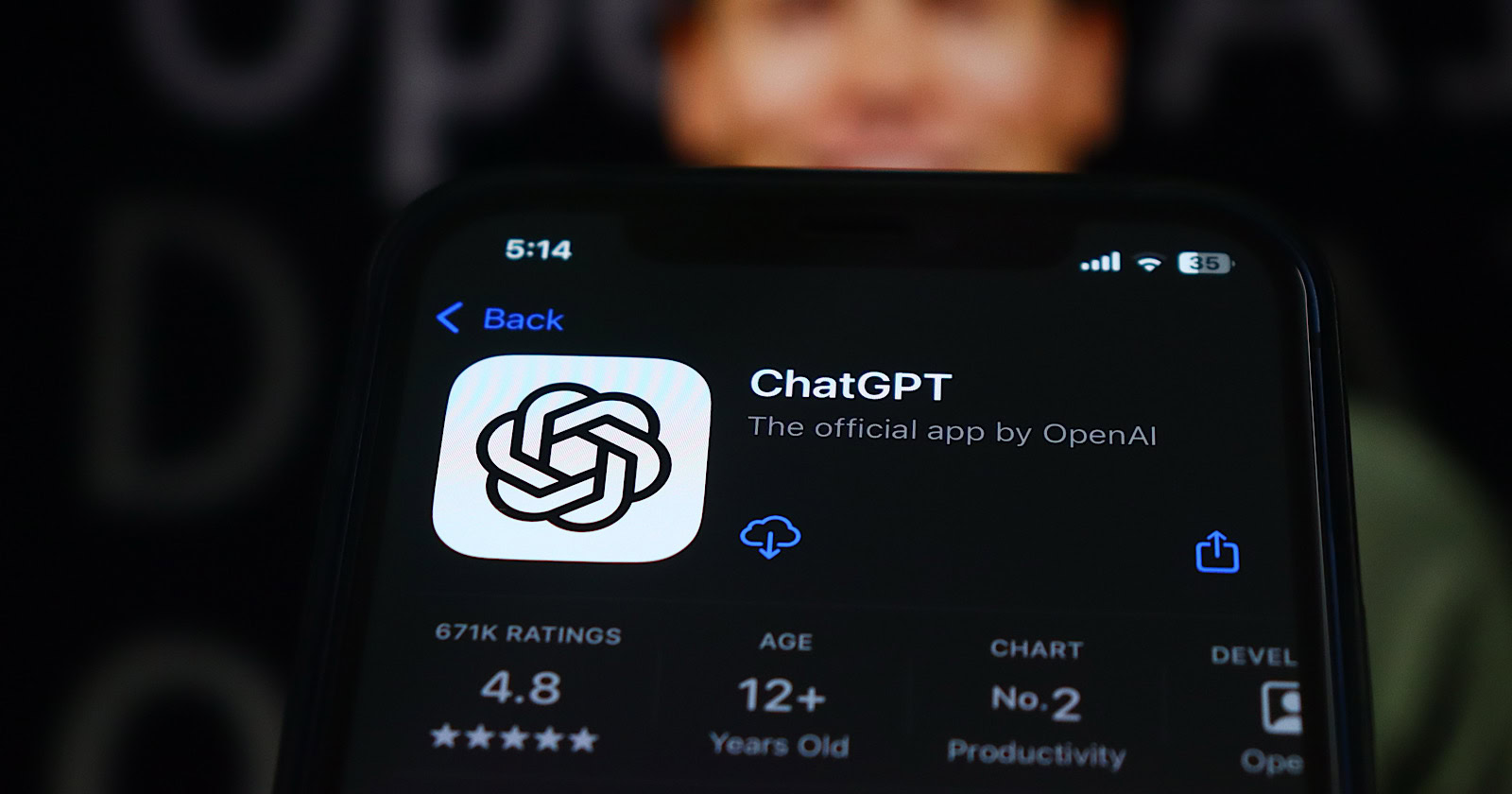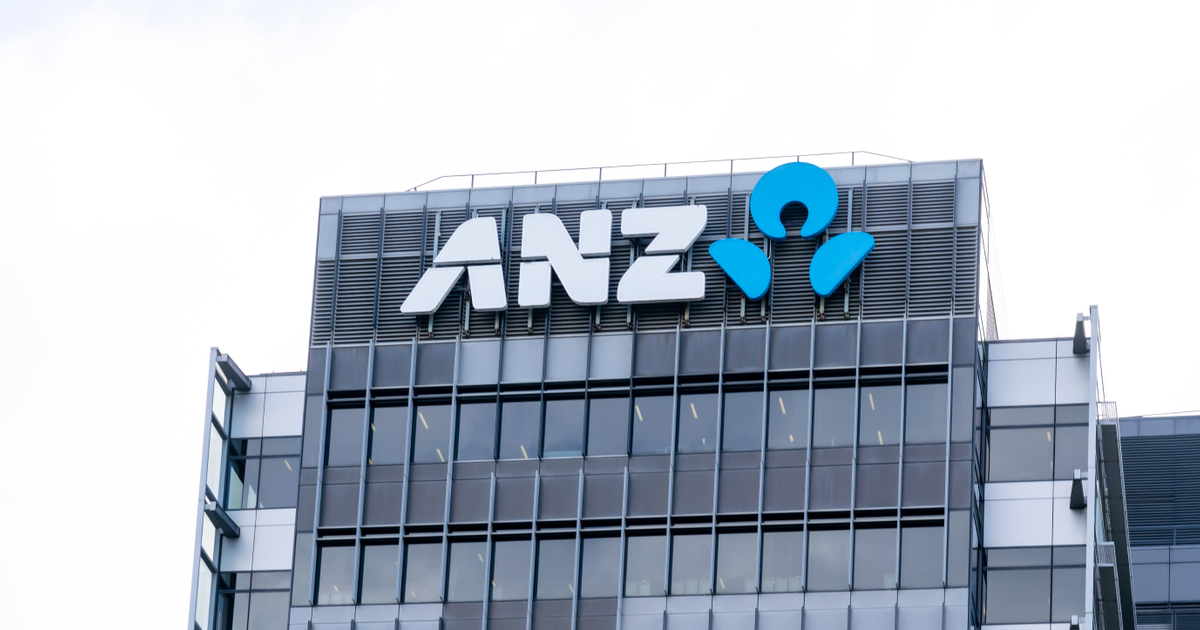How your audio ads can benefit from these 4 essential ingredients
A new study by Audacy details how four essential elements of successful audio ads can set them apart from the competition and drive customers to action.

At a stoplight, have you ever noticed the driver next to you singing full throttle with the radio or cheering a hometown team score? If so, you already understand the power of audio. People think about what they see, but feel what they hear.
That’s why radio and podcast ads are so effective. Slipping past our earlobes and into our brains, they tug at our heartstrings to enhance recall, preference and purchase intent.
So how can you create winning audio advertisements?
Audacy recently conducted a groundbreaking study with our partners at Veritonic, a leader in the audio analytics space. We uncovered four secrets to unlocking the full potential of audio ads. To maximize recall, brand favorability and intent to purchase, we suggest these best practices in sonic branding, music, voice and messaging.
1. Sonic branding. Our study found that a powerful sound logo is the single most effective way for marketers to improve brand recognition and purchase. Sticky auditory stimuli—such as audio logos, DNA brand anthems and taglines—affect not only how we feel but also how we make purchase decisions.
• Audio logos, when done right, become powerful mnemonic devices. Even without its famous words (“Like a good neighbor, State Farm is there”), you’d recognize the tune, written by Barry Manilow at the start of his career. No wonder the insurance company still includes the identifier in audio and video commercials 50-some years later.

• DNA brand anthems connect with target audiences on an emotional level. You may not even register Home Depot’s sonic DNA playing in the background of the company’s ads, but listen to its energetic theme song and you might feel the urge for a major home renovation.

• Taglines provide simple, memorable brand descriptions when consistently repeated. No matter what your age, we all know that Chuck E. Cheese is “Where a kid can be a kid.”

The key is to create branded sounds for use in every channel and touchpoint. That could mean a full-blown jingle or just a coordinated micro-sound. With so much smartphone usage on small screens, effective sonic branding is essential even for visual media.
 Source: Audacity Creative Insights, Veritonic, 113 radio and podcast ads content analyzed, and national survey of n=330, P18+, July-October, 2022. Sonic branding encompasses Audio logos, brand anthems, etc. Comparisons are between ads with and without sonic branding.
Source: Audacity Creative Insights, Veritonic, 113 radio and podcast ads content analyzed, and national survey of n=330, P18+, July-October, 2022. Sonic branding encompasses Audio logos, brand anthems, etc. Comparisons are between ads with and without sonic branding.
2. Music. Songs, melodies and jingles that align with your brand’s personality can—whether on radio or podcasts—help a commercial stay top-of-mind. Ads with music are simply more memorable than those without. Our study found the inclusion of music boosts purchase intent by 5%, recall by 4% and energetic emotion by 3%.
We like the sound of that. So does United Artists, which teases its “House of Gucci” film with a riveting voice backed by the Eurythmics’ “Sweet Dreams,” still a haunting melody nearly 40 years after its radio debut.

"The question on everyone’s mind is no longer, ‘Should I be using audio?’ but ‘What should my audio sound like?’” said Scott Simonelli, CEO of Veritonic. “Creative testing is an indispensable tool for answering that question, enabling brands to invest in the powerful medium including sonic logos, music, streaming and podcast ads, etc., with confidence.”
3. Voice. With the explosive growth of audio-first platforms such as podcasts, music streaming and voice assistants, brand voices are everywhere. But whose voice should you use? Male or female? Young or mature? Energetic or authoritative? And how many?
Don’t worry so much about gender, age, etc.; the two-way banter is what really makes an audio ad stand out. Ads with multiple voices increase recall by 10%, especially when engaged in back-and-forth dialogue, according to our research. Consider this spot supporting Hyundai’s Ioniq campaign.

 *Immersion is a measure of attention and emotional connection. Immersion is a scale of 0 to 100. The higher the score, the more immersive the content. Learn more about immersion here.
*Immersion is a measure of attention and emotional connection. Immersion is a scale of 0 to 100. The higher the score, the more immersive the content. Learn more about immersion here.
4. Messaging. For scripts, we all know the basics—how many times you hear the brand name matters. Remember, too, the power of surprise. Catch your audience off-guard to help spark brand success.
Also, mention your brand—a lot. When ads contain four or more brand mentions, purchase intent rises by 4%.
Disclaimers on the surface might seem mundane—junk information you’re required to squeeze in—but they’re an important way to improve purchase intent. Think of disclaimers as extra creative space, another opportunity to repeat your brand’s name, but also a way to educate your most-interested customers.
Between two and four creatives will work best. Don’t rely on one silver bullet, no matter how great the ad. Match the needs of your multiple audience segments.
Our study also showed that 30-second ads outperform others on engagement, brand effect, recall and other key indicators. They were also heard as more trustworthy, likable and relevant. The exception was retail, where success came with 15-seconds spots. You might want longer ads when explaining a new product and shorter ones when you’re well known and want to gain frequency.
The impact of sound on business results has perhaps been the least-documented connection—until now. This study reveals the creative elements that brands should consider to set themselves apart from the competition, to be top-of-mind and to drive customers into action. We all aspire to be more creative, and understanding how sound moves people can be a true business advantage.

 FrankLin
FrankLin 































